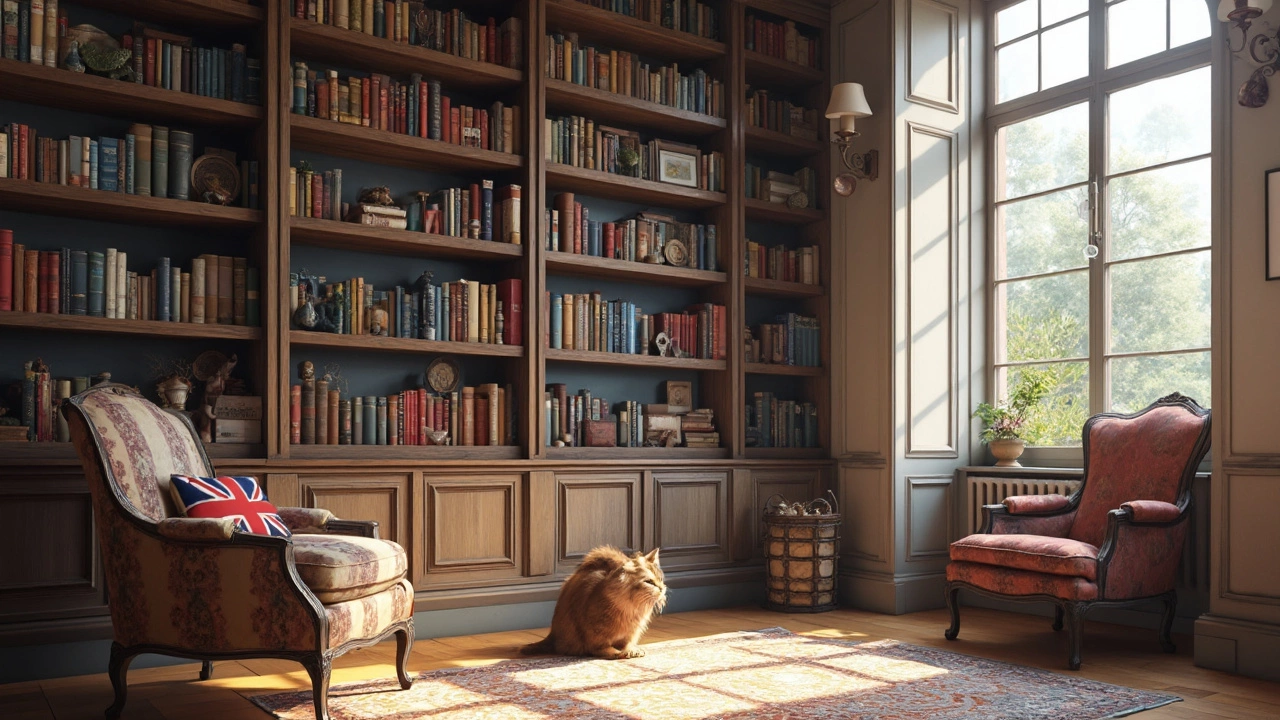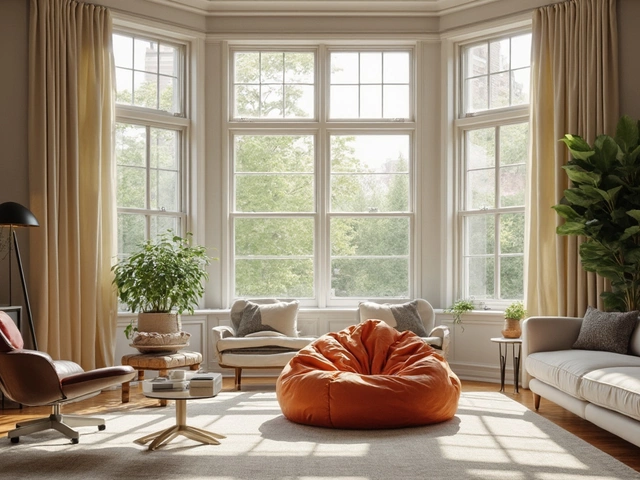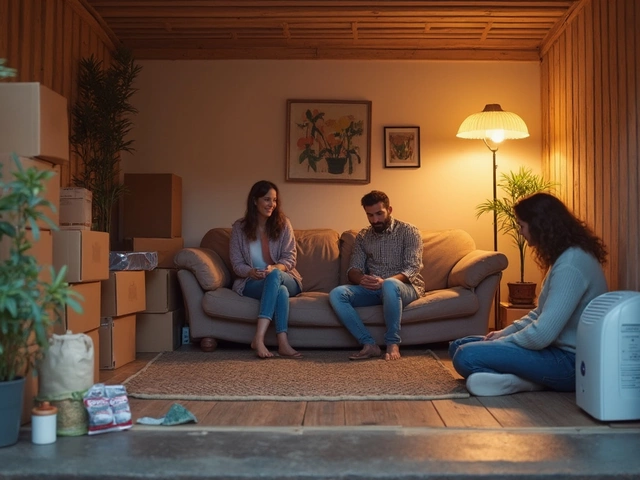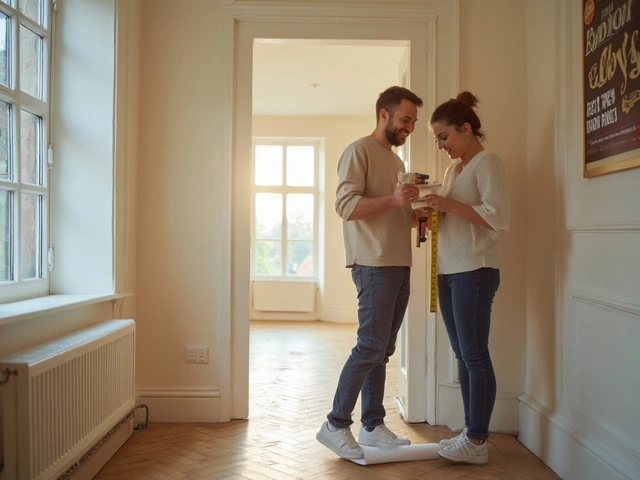Bookshelf Cost: What to Expect and How to Save
Ever walked into a store and wondered why one bookshelf costs £50 and another £500? The price gap isn’t magic—it’s all about materials, size, design, and where you buy it. Knowing what drives the cost helps you pick a shelf that fits both your room and your wallet.
What Drives the Price of a Bookshelf?
Material matters. Solid wood like oak or walnut looks great but also costs more than engineered wood, MDF, or metal. If you don’t need a heirloom piece, a sturdy laminate or metal frame can shave off a lot of cash.
Size and capacity. A small, two‑shelf unit for paperback novels will be cheaper than a tall, five‑shelf piece that can hold heavy reference books. Measure your space and think about the weight you’ll store—oversized shelves waste money.
Finish and hardware. A simple painted finish is cheaper than a hand‑rubbed stain or decorative moulding. Fancy handles or glass doors add to the bill, so decide if those extras are worth it for your style.
Brand and retail channel. Big‑box stores often have lower prices because they buy in bulk. Specialty furniture shops might charge more for design expertise and warranty coverage. Online marketplaces can be a mixed bag—check reviews before you buy.
Smart Ways to Keep Your Bookshelf Budget Low
Now that you know why prices vary, here are some practical tips to stay under budget.
Shop off‑season. Just like furniture sales, retailers discount shelves during slow months—think January or late summer. Mark your calendar for these periods.
Consider flat‑pack options. Brands like IKEA sell ready‑to‑assemble shelves that are affordable and surprisingly sturdy. You’ll spend a few minutes building it, but you’ll save a lot of money.
Look for second‑hand gems. Local classifieds, charity shops, and online groups often have quality shelves for a fraction of the new price. A quick sand and paint can make an old piece look fresh.
DIY a simple shelf. If you’ve got a basic tool set, buying raw boards and brackets can be cheaper than a pre‑made unit. Follow a YouTube tutorial, and you’ll have a custom size that fits perfectly.
Bundle and negotiate. If you need multiple pieces—say a desk and a bookshelf—ask the retailer for a bundle discount. Many sellers are happy to shave a few pounds off the total.
Finally, always compare total cost, not just the sticker price. Shipping fees, assembly charges, and return policies can turn a “cheap” deal into an expensive one.
Bottom line: a decent bookshelf for a home or classroom can run anywhere from £30 for a basic metal unit to £400 for a solid‑oak custom piece. By understanding the cost drivers and using the tips above, you can land a shelf that looks good, holds your books safely, and keeps your budget happy.





